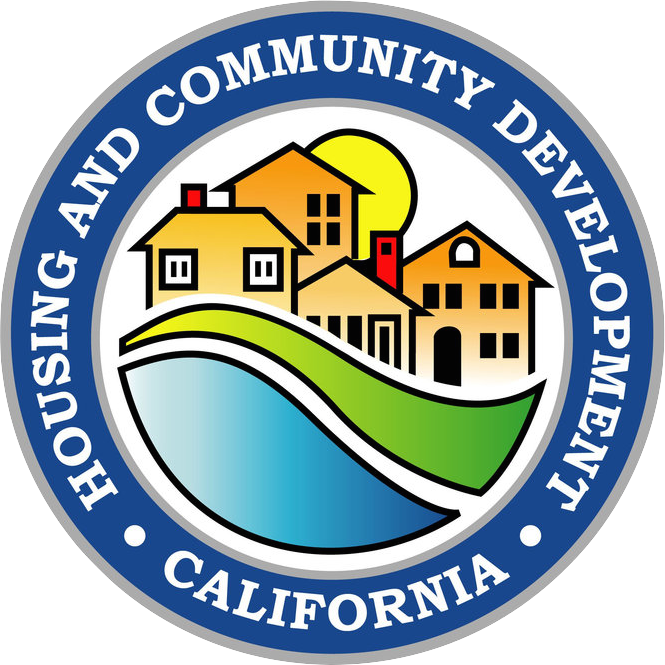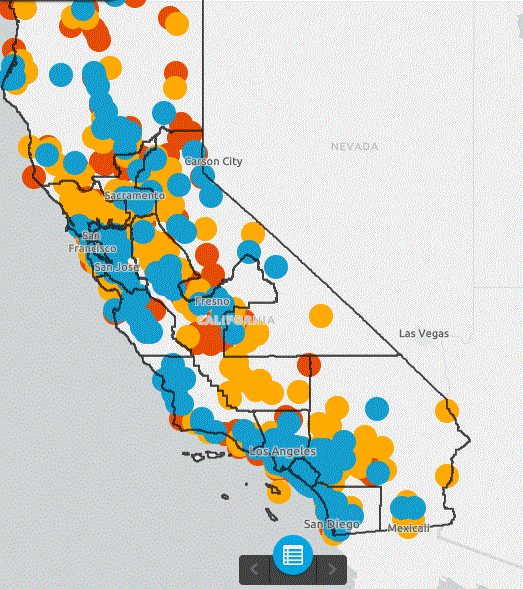Technical Assistance: Accelerating Housing Production
Technical assistance on accelerating housing production is made available through the Senate Bill 2 Planning Grants Program.
In 2017, the Legislature passed SB 2, which established a permanent source of funding intended to increase the affordable housing stock in California. The first year of SB 2 was spilt between planning grants and homelessness programs. Five percent of SB 2 directs HCD, in coordination with the Governor’s Office of Planning and Research (OPR), to develop a technical assistance program to assist localities in planning efforts that accelerate housing production and streamline the approvals of housing.
The ”Housing Planning Hub” page provides more details on the technical assistance program, and resources including tools and services to help local governments accelerate and streamline housing production.
Learn more about the SB 2 Planning Grants program.
The goals of the technical assistance program provided through HCD, OPR, and PlaceWorks consulting team are to:
- Ensure geographic equity and promote access so that all local governments are able to benefit from the planning grants funding and technical assistance.
- Provide support and ongoing expertise to local governments as they implement activities related to the priority policy areas and other planning efforts.
- Regionally tailor technical assistance to meet the unique needs of each region.
- Develop long-term partnerships between local, regional, and state government to create a peer-to-peer learning environment, maximize resources, and leverage all funding opportunities.
The Housing Planning Hub Site is a repository of statewide and regional toolkits, factsheets, and guidance on a variety of housing policy areas with a specific focus on priority policy areas. HCD will continually update the resource center as new tools become available.
Use this link to access the resources center:
In consultation with stakeholders, developers, planners, local governments, and academics, HCD has developed six policy areas that are evidenced-based practices to streamlining housing approvals, accelerating housing production, and becoming more housing friendly. HCD technical assistance teams will make toolkits and resources available to help local governments implement these strategies.
- Rezone to Permit By-right: Rezoning for significant additional housing capacity without or with lesser discretionary review or establishing zoning to permit residential development by-right, particularly multifamily, without discretionary action pursuant to Government Code Section 65583.2(h) and (i).
- Objective Design and Development Standards: Developing objective design standards or pre-approved site and architectural plans that facilitate non-discretionary permitting.
- Specific Plans or Form-based Codes Coupled with CEQA Streamlining: Designating and rezoning for additional housing capacity or preparing specific plans or form codes that include zoning and development standards and plan-level environmental analysis that can be used to streamline future housing projects and facilitate affordability.
- Accessory Dwelling Units or Other Innovative Building Strategies: Encouraging Accessory Dwelling Units (ADUs) and other innovative building types through actions above state law requirements such as, outreach, fee waivers, pre-approved plans, website zoning clearance assistance, and other homeowner tools or finance tools. Also, establishing other approaches to intensify existing lower-density residential areas and “missing middle” typologies to encourage significantly more residential development (e.g., duplexes, triplexes) in lower-density residential areas.
- Expedited Processing: Speeding up approvals and permit processing, including instituting programs that streamline or consolidate the review process or create a separate process for expedited review of housing projects.
- Housing Related Infrastructure Financing and Fee Reduction Strategies: Developing and implementing approaches to local, regional, or sub-regional housing-related infrastructure financing. Creating plans and programs to finance and increase infrastructure with accompanying enhanced housing capacity, such as enhanced infrastructure financing districts. Fee reduction and rationalization approaches, such as reassessing fees to adhere to best practices in reducing costs, deferrals, sliding scales, or proportionate impacts fees (e.g., ADUs, transit-oriented and infill development, special needs housing), or fee transparency measures including publicly available fee calculators.
Pursuant to Government Code Section 65589.9, The Department of Housing and Community Development (HCD) intends to submit emergency regulations for the Prohousing Designation Program to the Office of Administrative Law (OAL). See the following documents for information on the regulations. Please send any questions to ProhousingPolicies@hcd.ca.gov.
The Planning Grants and Local Housing Strategies Map will keep you up to date on :
- Cities’ and counties’ local planning practices and solutions for accelerating housing production
- Where HCD’s technical assistance (TA) teams are conducting outreach and providing TA
- Which cities/counties have submitted planning grant applications
- Which jurisdictions are eligible for planning grants
The goals of the map:
- Promoting transparency in planning grant funding and distribution
- Illustrates HCD’s commitment to geographic equity and access.
- Creates a peer-learning environment by sharing jurisdictions’ implementation efforts on accelerating housing production throughout the state.


